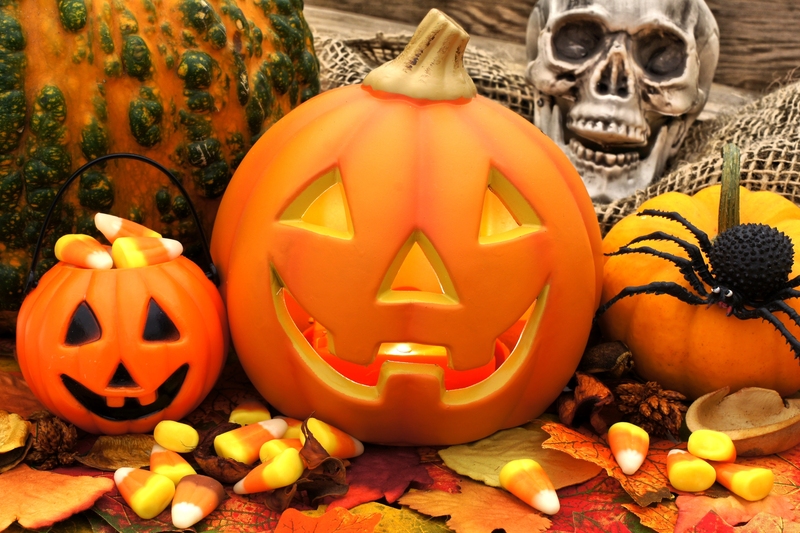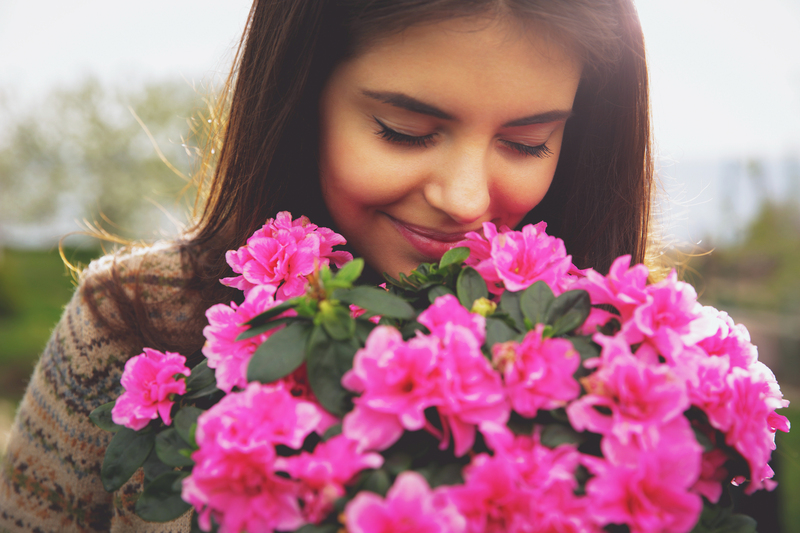Tips for Photographing Flowers
Posted on 27/06/2025
Photographing flowers is a delightful process that allows you to capture the intricate beauty of nature. Whether you're a professional photographer or an amateur enthusiast, there's always room to improve your technique. Flowers present a diverse range of colors, shapes, and textures that challenge your skills and creativity. In this comprehensive guide, we will explore various tips and strategies for photographing flowers to help you make the most out of your floral photography adventures.
Understanding Lighting
Lighting is one of the most critical aspects of photography. When it comes to flowers, natural light is often the best choice. The quality and direction of light can dramatically affect your flower images.
Golden Hour: The golden hour, a time shortly after sunrise and just before sunset, offers soft, warm lighting that enhances the natural beauty of flowers. This type of lighting eliminates harsh shadows and provides a gentle illumination that accentuates the details.
Overcast Days: Cloudy or overcast days are also favorable for flower photography. The diffused light evenly illuminates the blooms, reducing harsh contrasts and ensuring that the rich colors are well-represented. A cloudy sky acts like a natural diffuser, providing soft and even lighting.
Reflectors and Diffusers: If you are photographing in brighter light, consider using reflectors or diffusers. Reflectors can bounce light back onto the flowers, filling in shadows and adding a pleasing luminosity. Diffusers, on the other hand, soften the light, providing even illumination without harsh highlights.

Composition Techniques
Composition is key to creating compelling flower photographs. There are several composition techniques that you can use to enhance your floral images.
Rule of Thirds: One of the most fundamental principles in photography, the rule of thirds divides the frame into nine equal parts. By placing the focal point--whether it's the center of the flower, a petal, or a dew drop--along these lines or their intersections, you create a balanced and engaging image.
Leading Lines: Use natural lines, like stems or petals, to lead the viewer's eye towards the primary subject of the photo. This creates a sense of depth and draws attention to the key elements of the composition.
Backgrounds and Framing: A clean, complementary background can make a significant difference in your flower photography. Neutral backgrounds like blurred greenery or a soft sky can highlight the flower without distracting from it. Alternatively, you can use other flowers to frame your subject, adding layers and interest to the composition.
Choosing the Right Equipment
While skill and creativity are paramount, having the right equipment can greatly enhance your flower photography.
Camera and Lenses: A DSLR or a mirrorless camera with a macro lens is ideal for flower photography. Macro lenses allow you to capture close-up details with exceptional clarity and sharpness. Prime lenses with a wide aperture (f/2.8 or lower) can also be beneficial, providing beautiful bokeh and isolating the flower from the background.
Tripods: A sturdy tripod is essential, especially for macro photography. It ensures stability when shooting at slow shutter speeds and helps you frame the shot precisely. Some tripods come with a reversible center column that allows for low-angle photography, which can be particularly useful for capturing flowers from ground level.
Remote Shutter Release: To minimize camera shake, consider using a remote shutter release or the camera's self-timer function. This is particularly important for long exposures or when using high magnification.
Experimenting with Depth of Field
Depth of Field (DoF) plays a crucial role in flower photography. It determines how much of the image is in focus and can dramatically affect the mood and focus of your photograph.
Shallow Depth of Field: A shallow depth of field (achieved with a wide aperture, such as f/2.8 or f/4) isolates the subject from the background, creating a pleasing bokeh effect. This technique is excellent for highlighting specific details of the flower while keeping the background softly blurred.
Deep Depth of Field: A deep depth of field (achieved with a narrow aperture, such as f/16 or f22) ensures that the entire flower and its surroundings are in sharp focus. This is ideal when you want to capture intricate details in both the foreground and background.
Adjusting the depth of field allows you to experiment with different artistic effects and focus on various elements of the flower and its environment.
Capturing Details and Textures
One of the joys of flower photography is capturing the intricate details and textures that are often overlooked by the naked eye.
Macro Photography: Macro photography is perfect for capturing the minute details of flowers, such as the velvety texture of petals, the delicate patterns of veins, and the intricate structure of stamens and pistils. Use a macro lens or extension tubes to magnify the subject and bring out these fine details.
Focus Stacking: To achieve greater depth of field in macro shots, you can use a technique called focus stacking. This involves taking multiple images at different focus points and merging them in post-processing. The result is a single image with impeccable sharpness from front to back.
Embracing Post-Processing
Post-processing is an essential part of digital photography that allows you to enhance and refine your flower images.
Software: Popular editing software like Adobe Lightroom and Photoshop offers a wide range of tools for adjusting exposure, contrast, saturation, and more. These adjustments can help you bring out the best in your flower photos, ensuring that colors are vibrant and details are crisp.
Sharpening and Noise Reduction: Sharpening tools can enhance the details in your photos, while noise reduction can eliminate unwanted graininess, especially in images shot at high ISO settings. Use these tools judiciously to maintain a natural look.
Color Correction and Enhancements: Flowers showcase a spectrum of colors, and sometimes the camera might not capture them accurately. Use color correction tools to adjust hues, saturation, and white balance to reflect the true colors of the flowers. Enhancements like selective color adjustments can also be used to highlight specific parts of the image.

Practicing Patience and Observation
Flower photography requires patience and keen observation. Flowers are often at the mercy of nature, with wind, rain, and changing light conditions affecting their appearance. Taking the time to study your subject and waiting for the right moment can result in stunning photos.
Seasons and Weather: Different seasons offer various opportunities for flower photography. Spring and summer are abundant with blooms, while autumn provides unique opportunities with fall foliage. Pay attention to the weather as well, as different conditions can create unique lighting and atmospheric effects.
Timing: The time of day can significantly impact your photos. Early morning offers dew-covered petals and soft light, while late afternoon provides warm, golden tones. Observe the flowers at different times to discover the best lighting conditions for your shots.
Final Thoughts
Flower photography is a rewarding pursuit that combines technical skills with artistic expression. By understanding lighting, mastering composition techniques, choosing the right equipment, experimenting with depth of field, capturing details, embracing post-processing, and practicing patience, you can create breathtaking flower photos that showcase the beauty of nature.
Remember that every flower has its unique charm, so don't hesitate to experiment and try different approaches. With practice and dedication, you'll be able to capture stunning images that celebrate the intricate and colorful world of flowers.


